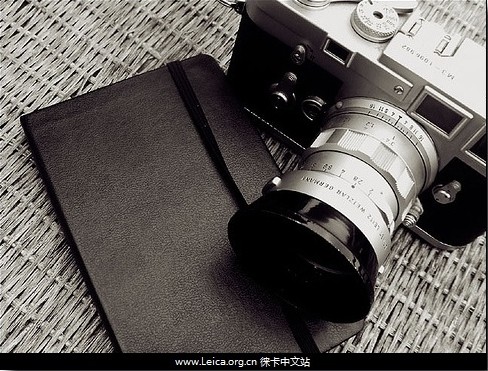12 classic photography skills
12 classic photography skills
Photography is a technology, is also the accumulation of experience. Here are numerous photographer experience gathered from 12 the most classical and practical photography Tips, by heart, it will help you deal with a lot of difficult to control.
1. Sunny 16 Rule
"Sunny 16 Rule" is when no light meter, the right way to estimate the sunlight exposure value, so this Rule is only suitable for use in Sunny situation. The aperture to F / 16, shutter speed and ISO synchronization, or slightly faster. Such as, ISO 100, the shutter should be set to 1/100 of a second (1/125 of a second). So, according to the law, on the beach photography, you should use F / 22 aperture, aperture F / 11 should be used when it's cloudy.
2. Moony, 8, 11 and 5.6 Rules
If you want to shoot the moon, so there's a very good rule. Shutter speed and ISO synchronization, filming the full moon with F / 11 aperture, string on the F / 8 aperture, crescent is used F / 5.6 aperture.
3. The Camera Shake Rule
When you are holding a camera, the shutter speed cannot be less than the reciprocal of the lens focal length. If the slower shutter speed, the more likely during the filming of a jitter decrease sharpness. If using a 50 mm focal length, the shutter will reach more than 1/60 of a second advisable, only when the environment is dark, flash, tripod, or put the camera on hard surface to prevent dithering.

4. The Anatomical Gray Card
Carry around 18% of the gray board is taken in. But if the body has no gray board, you open palm face to the sunshine and metering on the palm of your hand, then add an exposure.
5. The Depth of Field Rules
When the subject untitled is deep, should choose to focus on the first third of depth of field, because of this, focus on the depth of field is twice as often as before. Different combination of the aperture and focal length can make use of this law. Remember, the smaller the aperture, the shorter the focal length, the farther the distance is the object, the greater the depth of field.
6. The Largest Digital Print Rule
If you want to print your work into the pictures of big size, the size of the picture is not greater than the width of digital image pixels each divided by 200. If your work is very demanding, you can at least divide by 250.
7. Exposure Rules
When dealing with digital photos, and the most common law is the guarantee the accuracy of the secular highlights exposure, low area with him to light. But when dealing with negative film, especially color negative, you'd better add revealed a.
8. The Quick Flash - the fill Rule
When your camera doesn't automatically output control of flash, the flash of the iso 2 is set to film. If the main metering, fuselage select aperture of the whole, the flash is set to the same aperture. In this way, the photos of the shadow area is lower than the brightness of the subject a.
9. The Flash Range Rule
The rule is simple: distance multiplied by 2, iso multiplied by 4. For example, your flash light in ISO 100, the effective distance of 20 feet. If you want to make the distance of the flash reaches 40 feet, you may need to ISO 400.
10. Megapixel Multiplier Rule
If you want to make the resolution of the digital camera multiplier, so simple, is to quadruple of pixels.
11. The Action - stopping Rule
This rule is based on the empirical formula of the Angle and speed. If objects move along the axis of the lens you can use the 1/125 shutter to capture, then its back to the lens axis of motion capture in 1/500. That is to say, if the object along the lens axis according to 45 degrees of movement, need only 1/250 shutter speed.
12. Sunset Rule
Upper to sunset, metering, but can't let the sun appears in your viewfinder. If you want to make the sunset look more than an hour later, you can reduce the exposure compensation by 1.
Recent Posts
-
Why Canvas Prints Are the Ideal Home Décor Item You Can Order Online
When it comes to decorating your home, nothing adds personality, warmth, and visual appeal quite lik …30th Jun 2025 -
Creative Ways to Style Your Space with Acrylic Prints
Decorating your home or office is all about bringing your personal style to life. If you're looking …30th Jun 2025 -
How to Choose the Right Size When You Print Your Own Photo on Canvas
Printing your own photo on canvas is a fantastic way to preserve memories, personalize your space, o …30th Jun 2025